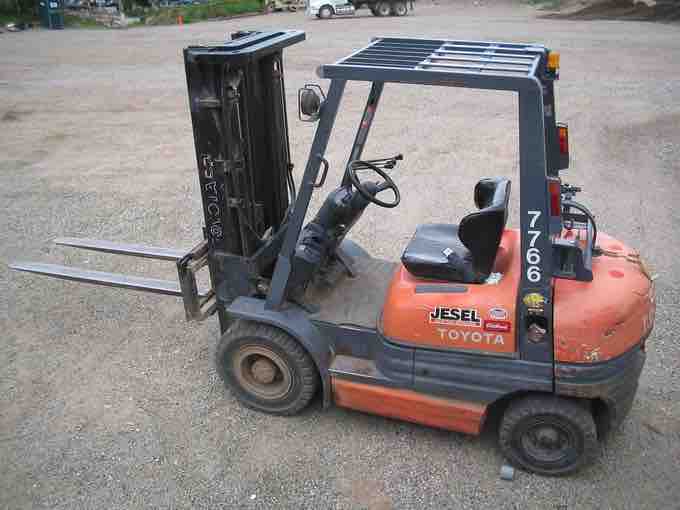Material Handling is the movement, storage, control and protection of materials, goods, and products throughout the process of manufacturing, distribution, consumption, and disposal. This trade channel is necessary when agents cannot directly sell to industrial users. The focus is on the methods, mechanical equipment, systems, and related controls used to achieve these functions.
The material handling industry manufactures and distributes the equipment and services required to implement material handling systems. Material handling systems range from simple pallet rack and shelving projects, to complex overhead conveyor systems and automated storage and retrieval systems (AS/RS). Material handling also can consist of sorting and picking, as well as automatic guided vehicles. The material handling system (MHS) is a fundamental part of a flexible manufacturing system, since it interconnects the different processes supplying and taking out raw material, workpieces, sub-products, parts, and final products. Due to the automated nature of the whole production process, the MHS must respond in concert with timeliness for all requirements of the processes and systems. The MHS is composed of warehouses, buffers, conveyors, transportation vehicles or systems, part sorters, feeders, and manipulators. Specialized material handling equipment is used to increase output, control costs, and maximize productivity.
There are several ways to determine if the material handling equipment is achieving peak efficiency. These include capturing all relevant data related to the warehouse's operation (such as the stock keeping unit (SKU)), measuring how many times an item is "touched" from the time it is ordered until it leaves the building, making sure you are using the proper picking technology, and keeping system downtime to a minimum.

A Forklift
Forklift trucks are common in material handling.